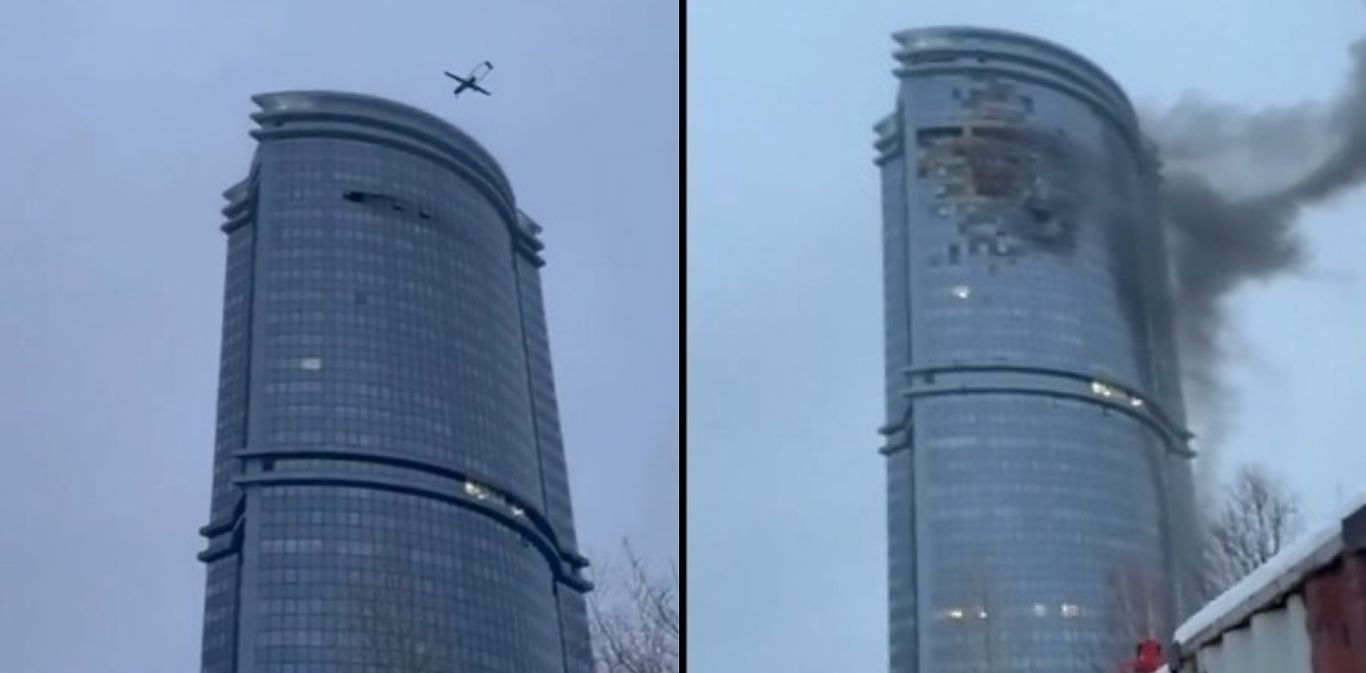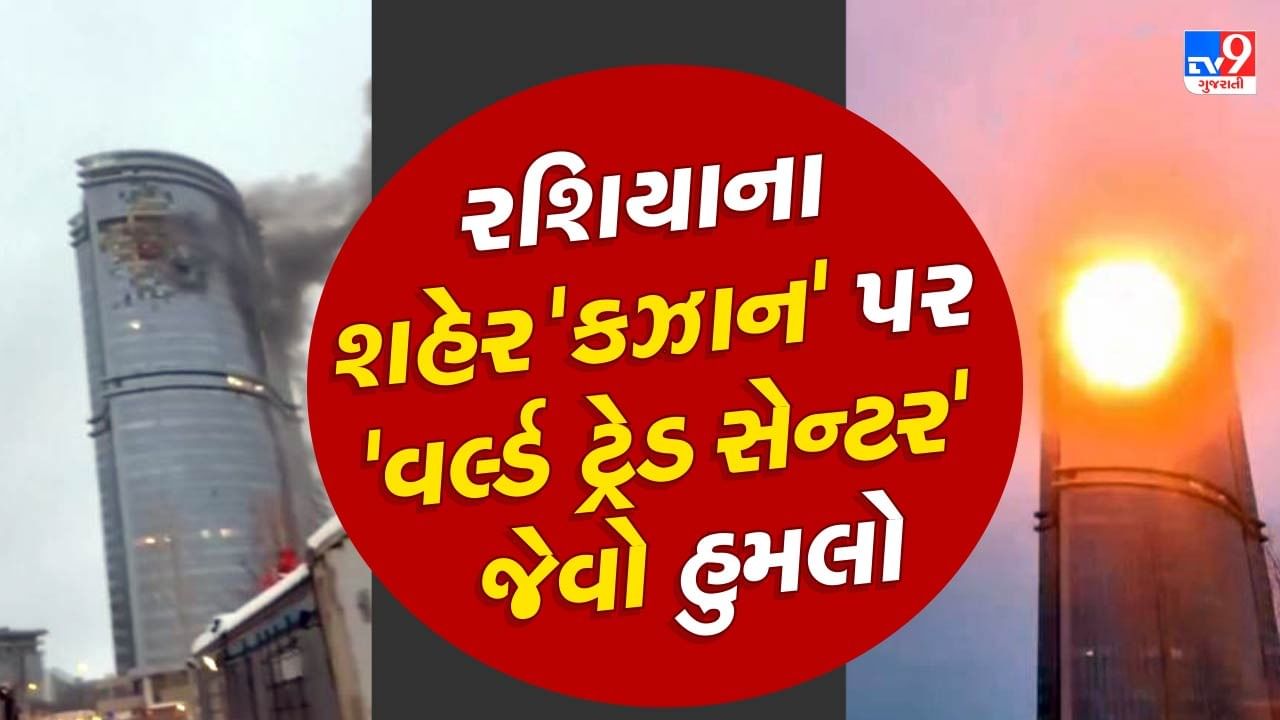Kazan drone attack represents a significant event demanding thorough examination. This incident raises crucial questions regarding the evolving nature of warfare, the vulnerabilities of civilian infrastructure, and the potential for escalation in an increasingly complex geopolitical landscape. Understanding the circumstances surrounding this attack, the technology employed, and the broader implications is vital for assessing future risks and developing effective countermeasures.
The attack, while seemingly localized, underscores a broader trend of using unmanned aerial vehicles (UAVs) for unconventional warfare and acts of aggression. Analyzing the specific details of this event—from the type of drones used to the potential motives of the perpetrators—offers valuable insights into the evolving tactics and strategies employed in modern conflicts and acts of terrorism. The subsequent investigation and international response will undoubtedly shape future counter-drone strategies and international law concerning the use of UAVs.
The Kazan Drone Attack: An Analysis

The reported drone attack on Kazan, Russia, represents a significant event with far-reaching implications. This analysis examines the circumstances surrounding the incident, its technological aspects, geopolitical context, public reaction, and potential legal and infrastructural consequences. The information presented here is based on available reports and should be considered preliminary pending further investigation.
The Event: Kazan Drone Attack Overview
Reports indicate a drone attack targeted Kazan on [Insert Date], resulting in [Insert reported damage]. Initial reports emerged via [Insert source of initial reports], followed by subsequent updates from [Insert sources of subsequent updates]. The timeline of events remains under investigation, but early accounts suggest a coordinated attack involving multiple drones.
| Name | Role | Affiliation | Actions Taken |
|---|---|---|---|
| [Name 1] | [Role 1, e.g., Alleged Perpetrator] | [Affiliation 1, e.g., Unknown] | [Actions Taken 1, e.g., Drone Operation] |
| [Name 2] | [Role 2, e.g., Responding Authority] | [Affiliation 2, e.g., Kazan Police] | [Actions Taken 2, e.g., Investigation and Security Measures] |
| [Name 3] | [Role 3] | [Affiliation 3] | [Actions Taken 3] |
| [Name 4] | [Role 4] | [Affiliation 4] | [Actions Taken 4] |
Technological Aspects of the Attack
The drones involved were likely [Insert potential drone types, e.g., commercially available models modified for offensive capabilities]. These drones possess capabilities such as [Insert capabilities, e.g., long-range flight, payload delivery] but are limited by [Insert limitations, e.g., range, payload capacity, vulnerability to countermeasures]. Deployment methods may have included [Insert potential deployment methods, e.g., launch from a nearby location, use of a launch vehicle].
Navigation could have been achieved through [Insert potential navigation methods, e.g., GPS, pre-programmed flight paths, manual control]. While details about existing countermeasures are scarce, [Insert information about countermeasures if available, e.g., air defense systems] were likely in place.
The recent drone attack on Kazan highlights a concerning escalation in the conflict. This incident, while seemingly isolated, shares similarities with the broader pattern of Ukrainian drone strikes against Russian territory, as detailed in this report on ukraine drone attack on russia. Understanding the strategic implications of these attacks, whether in Kazan or elsewhere, is crucial for assessing the evolving dynamics of the war.
- Improved drone detection systems using AI and radar technology.
- Development of effective drone jamming and neutralization technologies.
- Enhanced cybersecurity measures to prevent hacking and unauthorized drone control.
- Implementation of stricter regulations and licensing for drone ownership and operation.
- Development of autonomous counter-drone systems.
Geopolitical Context and Implications, Kazan drone attack
The attack occurred within the context of [Insert geopolitical context, e.g., ongoing tensions between Russia and Ukraine]. Potential motives range from [Insert potential motives, e.g., political protest, demonstration of capability]. The responsible actors remain unidentified, but [Insert potential actors] are among those considered. The incident shares similarities with other drone attacks, such as [Insert examples of similar attacks], but also differs in [Insert key differences].
A potential future escalation scenario could involve [Insert scenario, e.g., retaliatory actions, increased security measures, heightened tensions]. This would depend on [Insert factors, e.g., attribution of responsibility, public response, international pressure]. A similar incident could lead to stricter regulations and investment in defense systems. However, the potential for further attacks remains a concern.
Recent reports indicate a concerning escalation in drone activity around Kazan. The incident highlights vulnerabilities in airspace security, prompting investigations into the origins and intentions behind these attacks. For more detailed information on this significant event, please refer to this comprehensive report on the kazan drone attack , which offers valuable insights into the ongoing situation and its potential implications.
The Kazan drone attack underscores the need for enhanced security measures.
Public Reaction and Media Coverage

Public reaction to the attack has been [Insert public reaction, e.g., a mixture of shock, anger, and concern]. Media coverage has largely focused on [Insert dominant narratives, e.g., the extent of damage, the potential perpetrators]. Different news sources have presented varying perspectives, with [Insert examples of variations in reporting].
| Headline | Source | Tone |
|---|---|---|
| [Headline 1] | [Source 1] | [Tone 1, e.g., Negative] |
| [Headline 2] | [Source 2] | [Tone 2, e.g., Neutral] |
| [Headline 3] | [Source 3] | [Tone 3, e.g., Positive (if applicable)] |
| [Headline 4] | [Source 4] | [Tone 4] |
Investigative and Legal Ramifications
Investigations are underway to determine the perpetrators and their motives. Legal procedures will involve [Insert legal procedures, e.g., gathering evidence, interviewing witnesses, potential prosecution]. Challenges may include [Insert potential legal challenges, e.g., jurisdictional issues, difficulties in identifying perpetrators]. International collaborations may be necessary, utilizing frameworks such as [Insert relevant legal frameworks, e.g., international criminal law]. Those found responsible could face [Insert potential legal consequences, e.g., lengthy prison sentences, significant fines].
Impact on Civilian Infrastructure and Security

The drone attack caused [Insert damage to civilian infrastructure]. The incident impacted civilian safety and security by [Insert impact on safety and security]. Long-term effects may include [Insert long-term effects, e.g., decreased public trust, increased security measures]. The potential for future attacks targeting similar infrastructure remains a significant concern, necessitating enhanced security protocols and preparedness.
The Kazan drone attack serves as a stark reminder of the escalating threat posed by drone technology in a world increasingly reliant on interconnected infrastructure. The incident’s ramifications extend beyond the immediate damage and casualties, impacting geopolitical relations, public confidence, and prompting a critical reassessment of security protocols. Further investigation and international cooperation are essential to prevent future occurrences and mitigate the potential for wider conflict stemming from similar attacks.
Top FAQs
What type of damage was inflicted by the drones?
The extent of the damage caused by the drones in Kazan requires further investigation and official reports to determine precisely. Early reports may provide initial estimations, but a comprehensive assessment will likely follow.
Were there any arrests made in connection with the attack?
The recent drone attack on Kazan highlights the growing concern over unauthorized drone use. The incident underscores the need for robust safety protocols, as evidenced by the unfortunate consequences detailed in this report on a drone show accident , which serves as a stark reminder of the potential for accidents even in controlled environments. Ultimately, both incidents emphasize the critical need for improved drone regulation and safety measures to prevent future occurrences.
Information regarding arrests related to the Kazan drone attack is likely to be released by authorities as investigations progress. Official statements and news reports should be consulted for the most up-to-date information.
What is the current status of the investigation?
The ongoing investigation’s details will be released by relevant authorities. News reports and official statements will provide updates as they become available.
